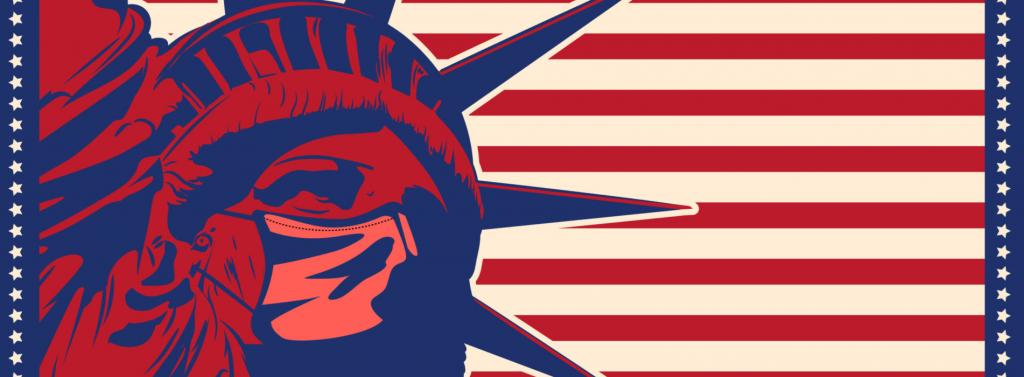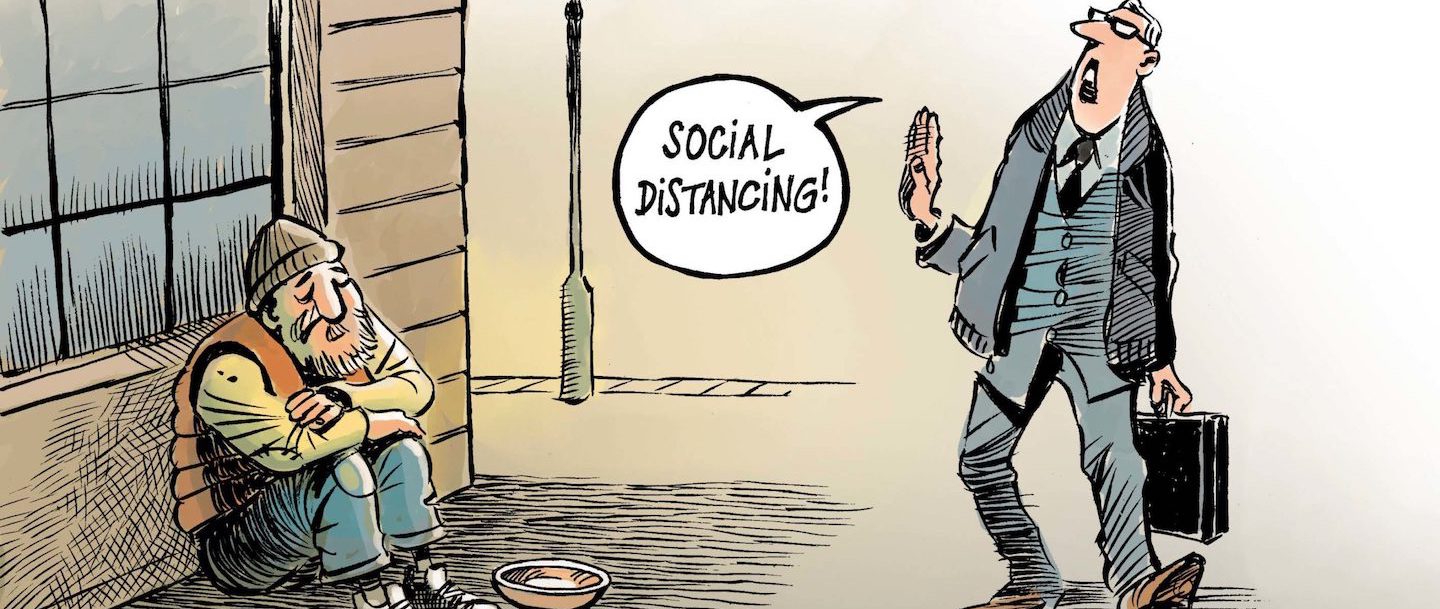The COVID-19 crisis has weaponised the jagged edges of society, increasing inequities and making them even more lethal. Ongoing legacies of racialised exclusion and geographic disinvestment are multiplying the deadliness of disease and deepening divisions in societies. In the United States, Black, Native, Latinx communities and many other people experiencing poverty in the country’s largest cities are disproportionately infected – and disproportionately dying.
Since the WHO declared COVID-19 a global pandemic, I have been working with physician-anthropologist colleagues at the University of California, who deliver care in community hospitals throughout the state. We have been tracing the consequences of racial capitalism on the current crisis. Unfortunately, the lessons we have learned are not new. The disparities in outcomes we observe all stem from social and structural ills, which have deepened in recent decades.
Structural inequities create vulnerabilities. African-American and Latinx residents are more likely to work the blue-collar jobs that are deemed essential, including food service, transportation, and custodial jobs, or work for hourly wages in the “gig” economy.[1] This makes too many unable to work from home or to lean on savings or job security in order to practice social distancing. They are less likely to be homeowners, and more likely to live in multigenerational households, with children in close contact with elders.[2] Black, brown and Indigenous communities also suffer disproportionate rates of incarceration and detention that increase the risk of contracting the virus.
Structural vulnerabilities manifest in comorbidities. Each of the comorbidities known to exacerbate the course of COVID-19 is more prevalent among African American, Latinx, and Native American communities. Long-standing environmental racism has polluted the air in “underprivileged” districts, increasing asthma rates. Corn and sugar subsidies have made obesogenic foods more available and affordable to the poor than healthy ones, driving up diabetes. The underlying determinants of hypertension are complex, but more significantly social and environmental than genetic.[3]
These conditions are all compounded by unequal treatment of racial and ethnic minorities within the healthcare system.Institutional and interpersonal racism in medicine remains pervasive, from health systems policy to clinical practice, impacting who is tested, who has access to good health insurance, as well as how patients are treated. Lower rates of health insurance on top of unconscious bias lead to systematic undertreatment of pain, less communication with patients and restricted treatment options, with significant differences in race-stratified mortality.[4]
The costs of neglect exacerbate the harm of COVID-19. As the number of middle-income earners has slowly dwindled, with a higher percentage of full-time workers living at or below the federal poverty line, the number of people who are unhoused and living on city streets has increased – putting them at increased risk of exposure to the virus. Even those still housed may lack access to basic utilities. Without running water, families are not able to safely shelter-in-place, nor practice handwashing, one of the most basic preventive measures against the virus’ spread.
Unfortunately, the United States is only one of several “liberal democracies” that have been separated by socioeconomic status and ripped apart by racism. As COVID-19 is spreading through populations around the globe, it follows these clear rifts in our societies. If the response remains focused on the needs of those with the privilege to shelter-in-place, work from home, and order delivered groceries, we systematically neglect countless people.Under these logics of triage,[5 society will continue to splinter, worsening the death toll from this pandemic and potentiating future global health disasters.
To mount an effective response and recover from this crisis in the United States and globally, we need to bridge what divides us and repair what endangers us. We need to broaden the horizon of health equity and expand safety, security and benefits for all workers – especially those with an hourly wage or with limited contracts and protections. We need to grow investments in housing for communities made vulnerable by discriminatory policies. We need to address sociopolitical fissures and redress structural inequities, or we will deepen inequities that divide us, and kill many of us prematurely.




